Richter Museum Collection
Branch Out On The Tree of Life
Hands-on learning is the best; explore nature's diversity in our collections!
Visit the Richter Museum and dive deep into the wonders of the animal kingdom. While our collection primarily focuses on animals from the Great Lakes region, you'll also discover fascinating species from across North America, Central America, South America and even Eurasia. Whether you’re exploring for research, education or simply out of curiosity, the museum offers an up-close look at a world that can’t be captured through photos alone—helping you connect with nature in a whole new way.
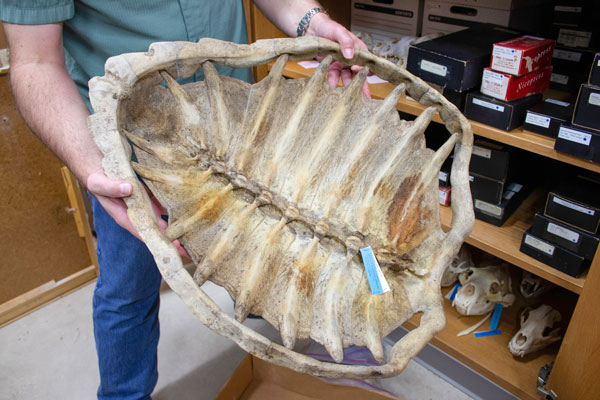
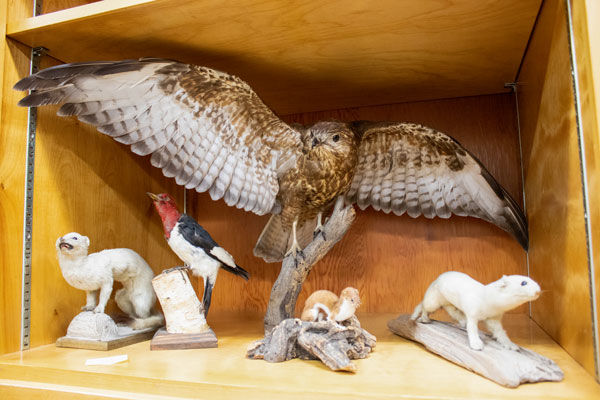
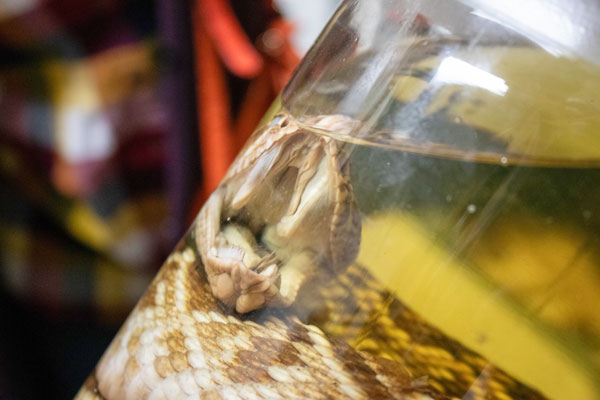
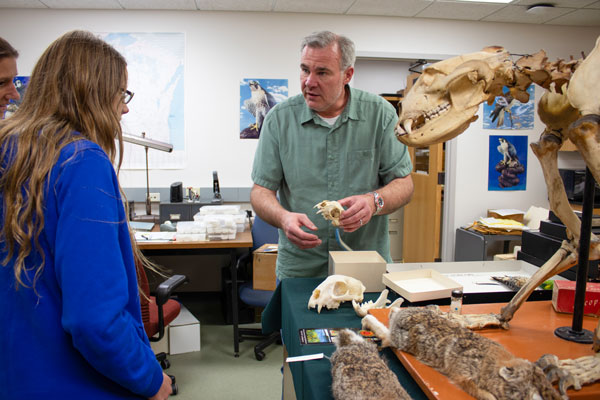
What Will You Learn About?
Our museum houses one of the most significant collections across Wisconsin. If you'd like to visit, get in touch with our curator, Professor Daniel Meinhardt.
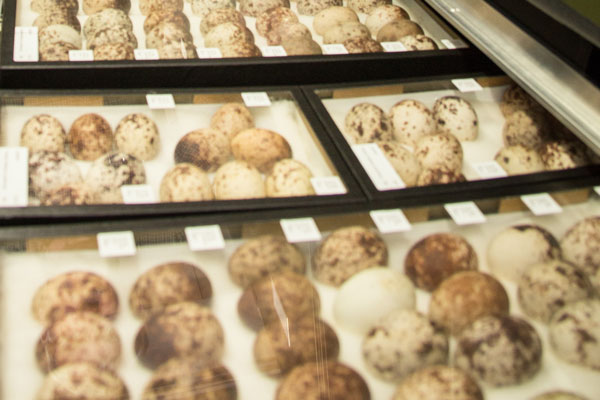
12,000 Sets of Bird Eggs
The museum houses approximately 12,000 sets of bird eggs, making it one of the ten largest egg collections in North America.
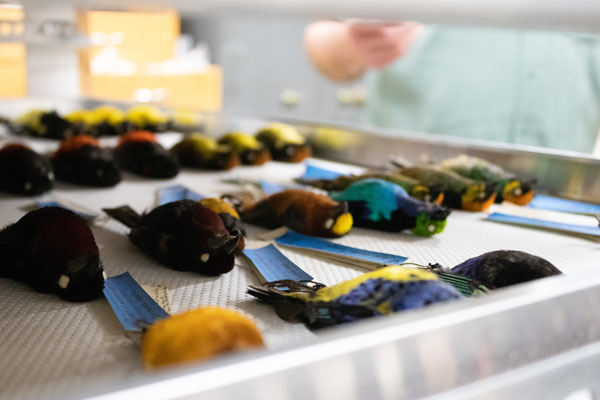
2,200 Birds
All birds that breed in the area are represented, along with some species from other regions around the world. Our specimens mostly consist of study skins and some skeletons.
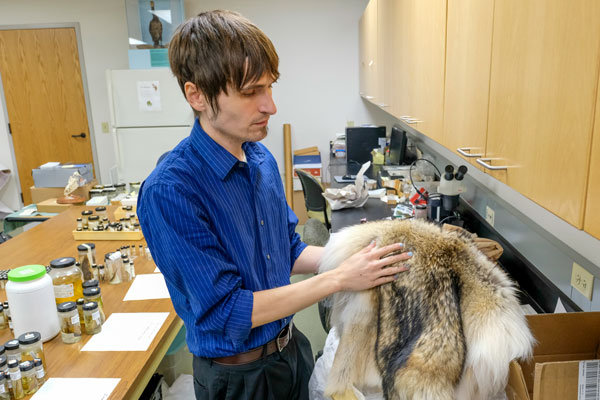
1,300 Mammals
Like our bird specimens, this collection consists of study skins and some skeletons.
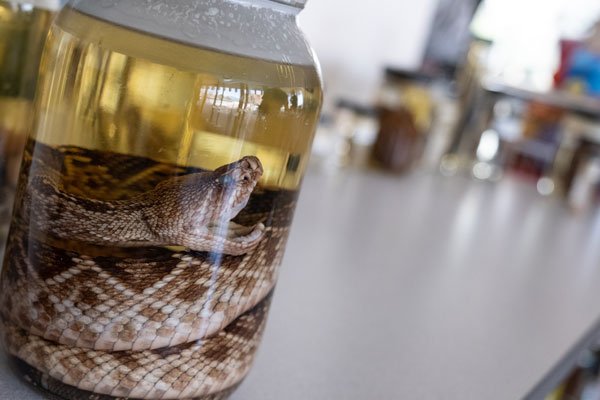
800 Reptiles & Amphibians
These fluid-preserved specimens are made up of a variety of species that call the Great Lakes region home.

12,000 Non-vertebrates
Our collection of non-vertebrate animals contains significant numbers of local insect, mollusk and spider species.
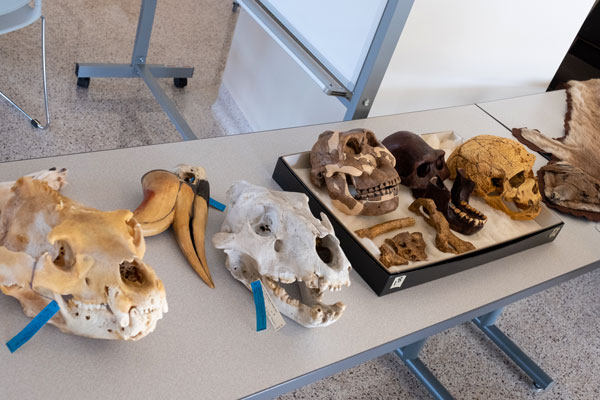
Local History
In addition to fossils and animal specimens, the Richter Museum houses a collection of pre-historic artifacts, such as projectile points from several First Nations communities
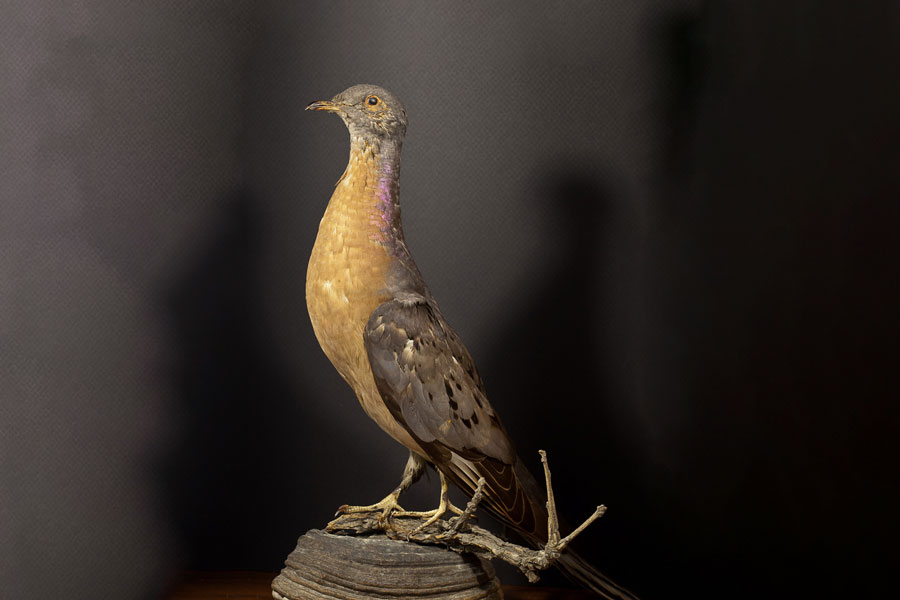
The Passenger Pigeon
A rare and remarkable display.
One of the most fascinating specimens in our collection is the taxidermy mount of the passenger pigeon, a species that went extinct in the early 20th century. It stands as one of the most famous examples of extinction in recent history. Once numbering in the billions, their vast flocks filled the skies, but their rapid decline, driven by habitat loss and hunting, underscores the impact of human activity on even the most abundant species.
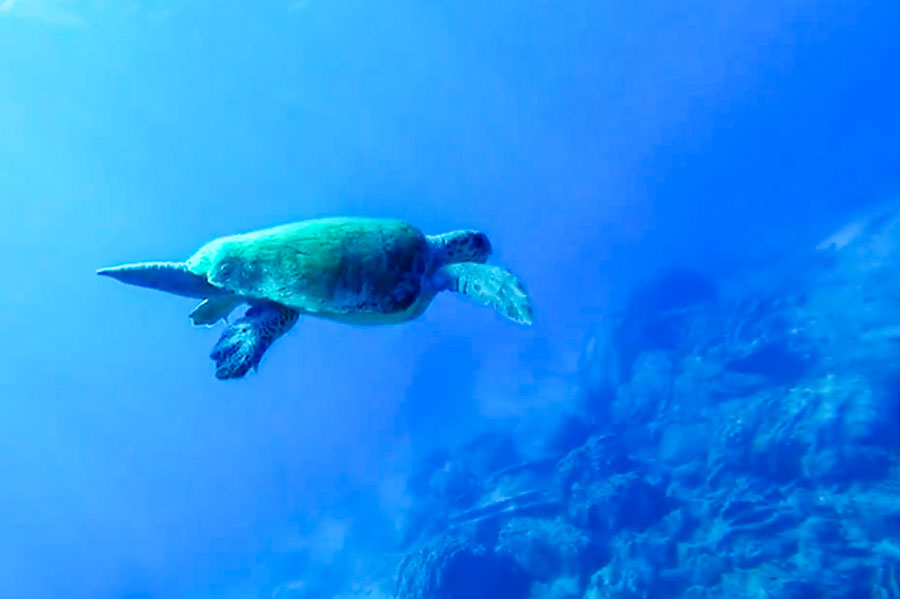
What Lies Beneath
the Floors of UWGB?
An underwater beast lurks in the corners of the Richter Museum.
It’s our loggerhead sea turtle specimen! This ancient sea beast, which originated long before the age of dinosaurs, has a unique skeleton that’s on display. Learn about the turtle’s fascinating armor and skeletal structure from Professor Meinhardt, Richter Museum Curator.
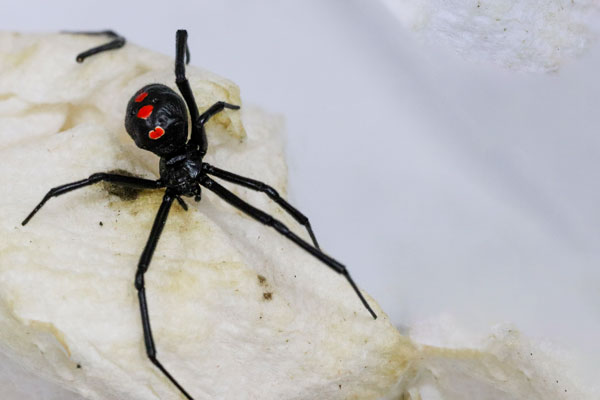
Spiders
See a list of spiders that live throughout Wisconsin, Michigan, Ohio, Indiana and Illinois. You can access all published data and search by taxon or geographic area. It will return currently valid names starting with any spider names ever used in regional studies. As new research is published, the database is updated.
Archaeology
Found something you think might be an artifact? The photos below can help you identify some of the most likely encountered prehistoric artifacts in the midwestern United States. Dr. David Overtreet, Consulting Archaeologist at College of Menominee Nation, generously provided his expertise to help produce these guides. Scale bars are 5 centimeters.
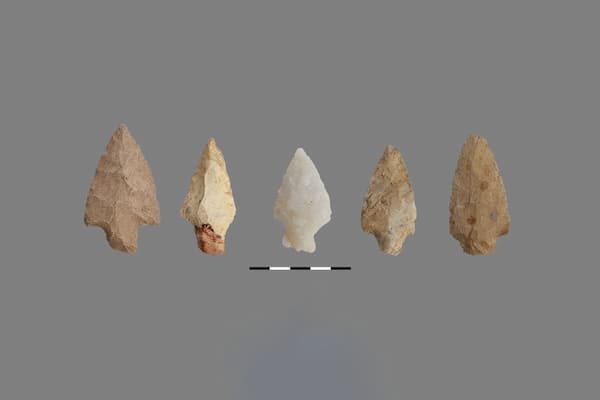
Early Archaic, 8000-5000 years BP.
Top Row: Thebes (knives, alternate edge beveling)
Bottom Row: Bifurcate base
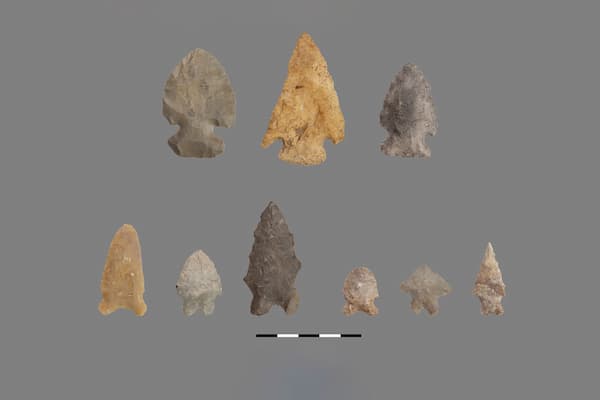
Late Archaic-Early Woodland Transition, 3000-2500 years BP, Red Ocher Complex
Top Row: Adena-Waubesa Contracting Stemmed
Bottom Row: Fox River Valley Stemmed
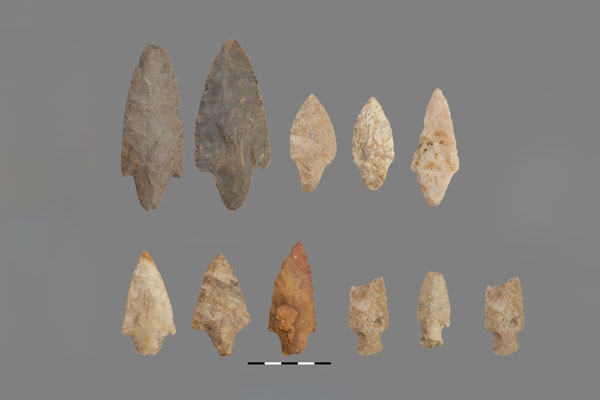
Late Archaic Stemmed and Notched Cluster, 3000-2500 years BP
Top Row: Durst Stemmed/Monona Stemmed
Bottom Row: Honey Creek Corner-notched (Southwest WI) Burnt Rollways (Northern WI)
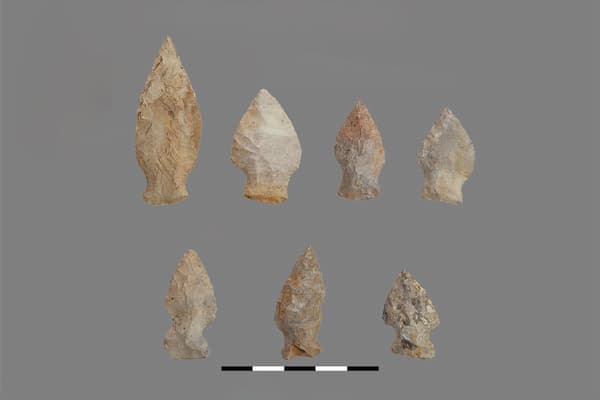
Middle Archaic Side-notched Cluster (contemporary with Old Copper), 5000-3000 years BP
Top Row: Raddatz Side-notched
Middle Row: Matanza Side Notched
Bottom Row: Left two, Godar, Right one, Osceola
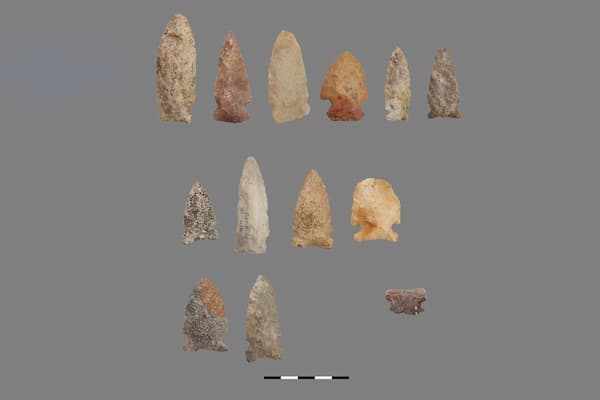

Hands-On Learning
at its Best
"When my students hold a specimen from the Richter museum, they notice details that aren't visible in a guidebook. They can see the strainers on a duck's bill, examine the scale patterns on a woodpecker's foot or count the molars in a shrew's skull. This is hands-on learning at its best."
Paolo Segre
Assistant Professor

Curious About Our Collection?
Meet Professor Daniel Meinhardt, the Richter Museum Curator, and unlock a world of discovery! Whether you’re an artist seeking inspiration, a student diving into research or an educator looking to enrich your curriculum, Professor Meinhardt is your go-to guide.